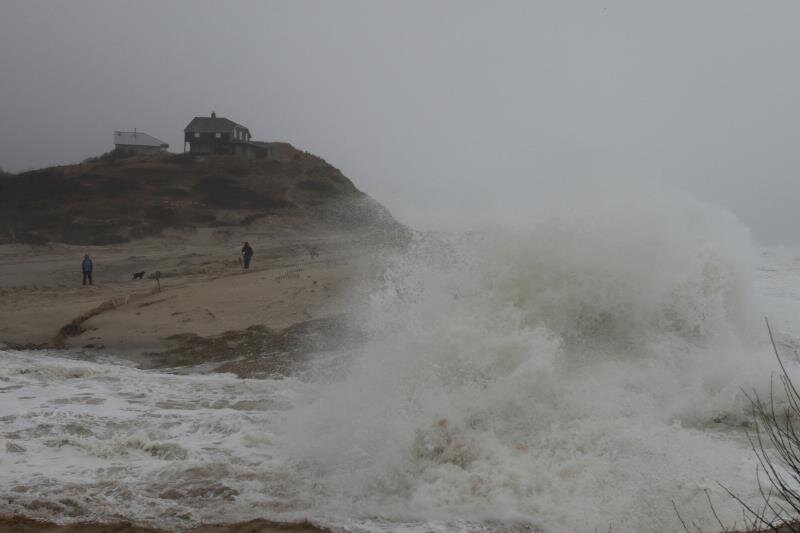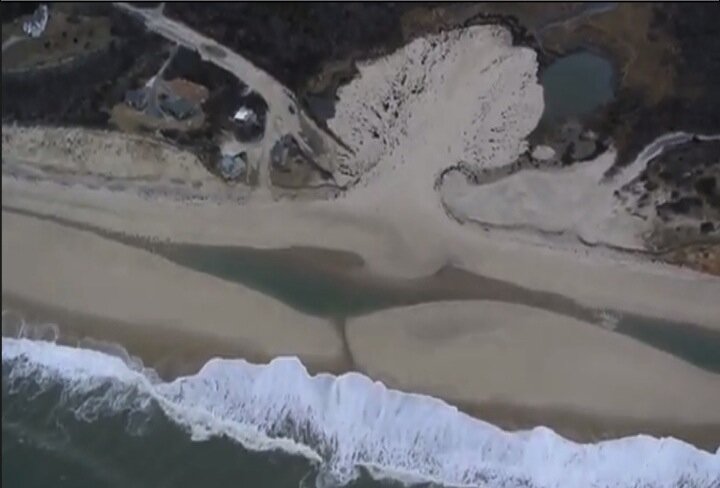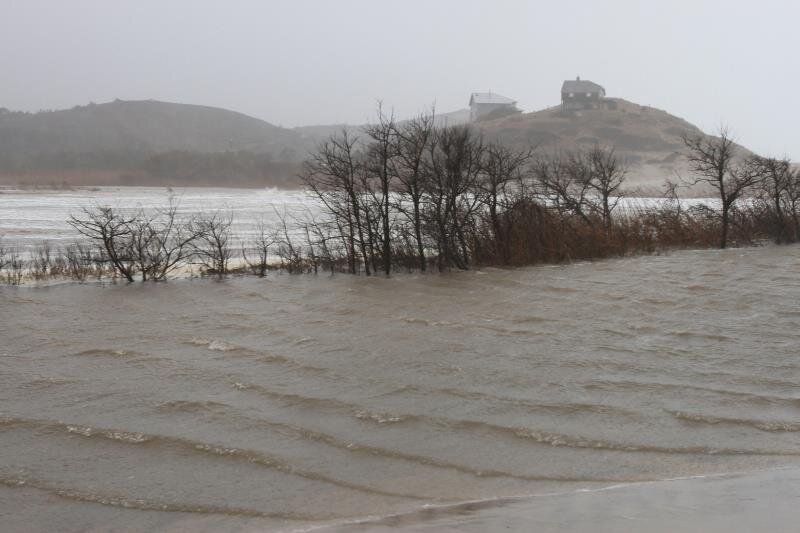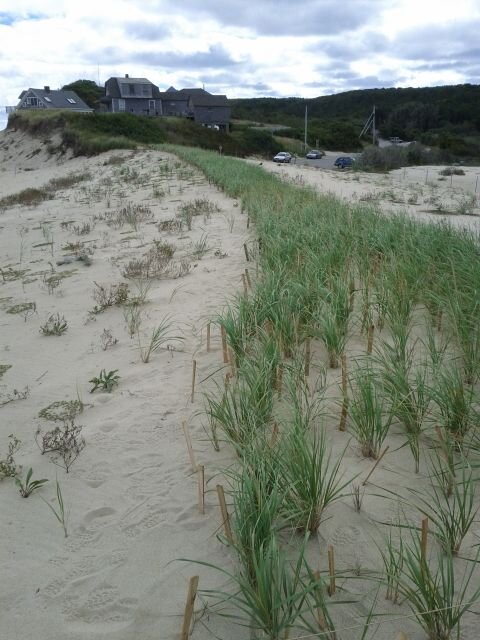Municipal Consulting
Safe Harbor offers municipal consulting services for both planned and emergency projects.
Safe harbor coordinates all phases of construction; planning, submission; compliance monitoring; storm water systems; erosion control; and habitat restoration.
Safe Harbor designs compliance techniques to minimize impacts to natural resources during construction projects.
Safe Harbor collaborates with local conservation commissions, architects, contractors and property owners to ensure that projects are successful throughout the process.
FREE CONSULTATION
Safe Harbor offers no cost site visits to review and discuss your project. We are experienced with various State and Municipal requirements for environmental permitting. To request a consultation, you can contact Safe Harbor directly.
Environmental Permitting
Environmental permitting requires careful attention to detail and deadlines. Prior to submission, we develop a site management plan that integrates necessary project sequencing, resource area delineations, various use designations and specific mitigation for construction activity. Safe Harbor provides a built-in liaison with regulatory agencies. We attend and participate in public hearings, providing detailed technical responses as necessary. Safe Harbor protects the property owner's liabilities.
We have multiple projects currently underway.
Sample Projects
Sample 1: TRURO TOWN LANDING RECONFIGURATION
For years, in the town of Truro at Ryder Beach Town Landing, storms blew beach sand off the beach and over the coastal dune. This left a 20 ft deep eroded, empty bowl on the beach, in addition to a blown out beach path and a growing dune on adjacent property. Every year the town would bulldoze the sand back into place.
Safe Harbor partnered with the Town of Truro Conservation Commission & DPW and the Beach and Recreation Committee to offer a sustainable solution. When sand was replaced that year, short, 24 inch sand fencing was installed and beach grass was planted. This not only stabilized the area by reducing erosion, but it also began collecting sand. As sand filled in, we adjusted new fencing to match the adjacent dunes. Finally, grass was planted, the critical step to creating sustainable habitat.
Two years later, the project had stabilized and the town landing are was now protected by sustainable native vegetation. The town has never had to return to bulldozing sand to the beach.

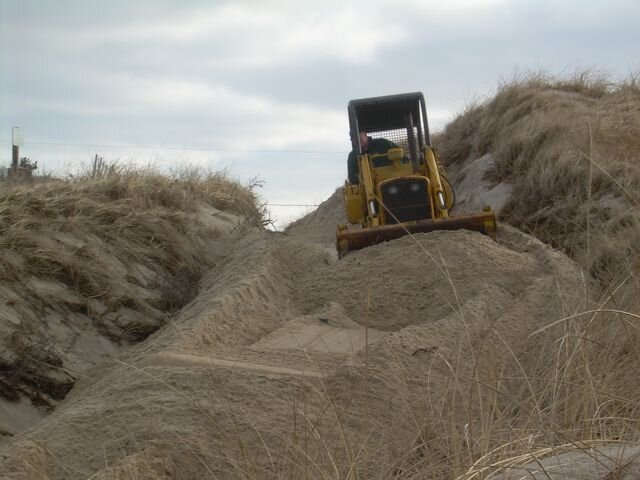

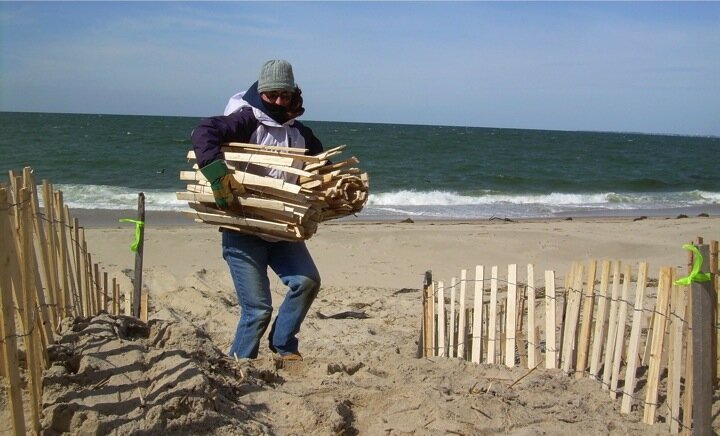

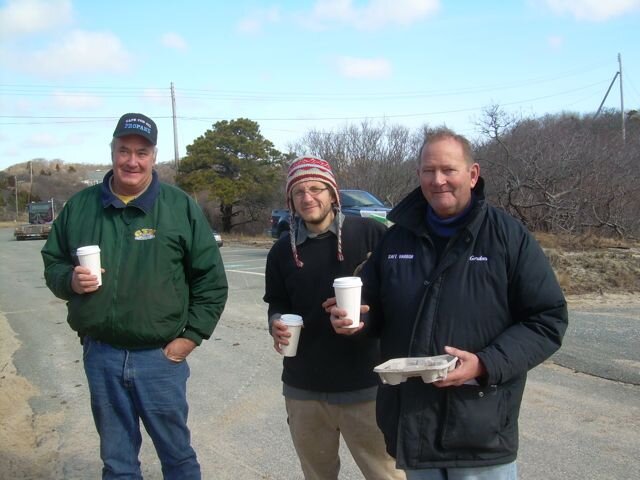
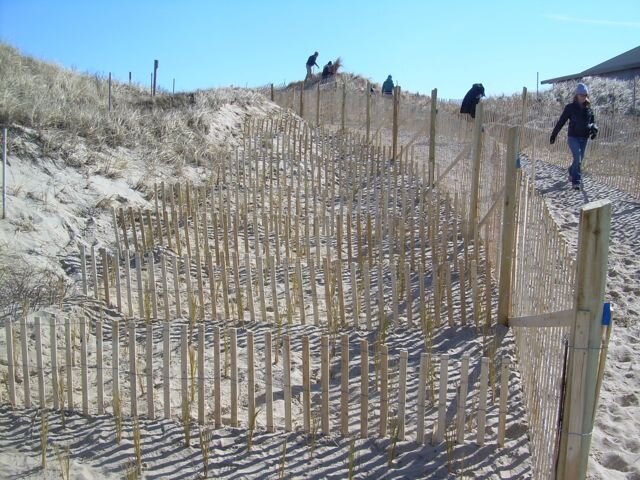
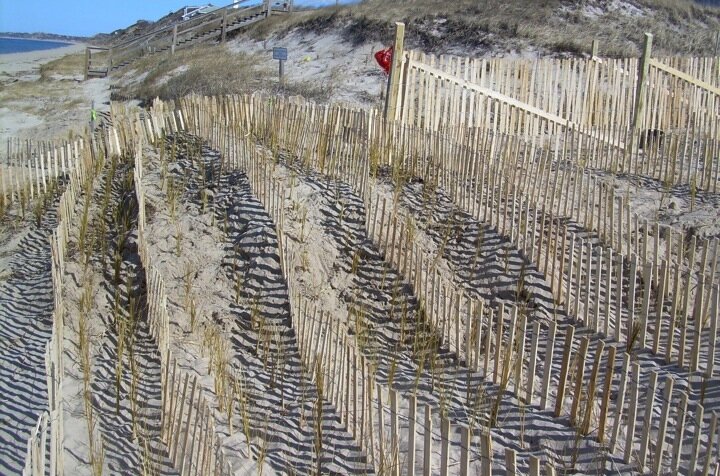
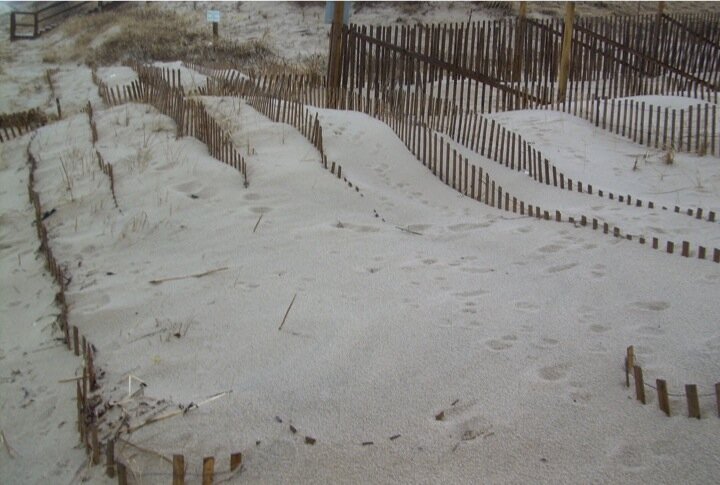
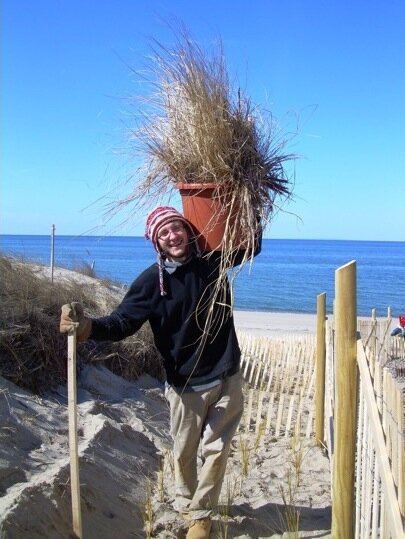
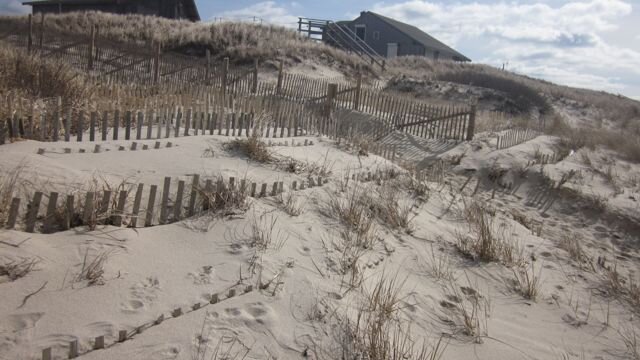

Sample 2: Plum Island coastal erosion
In Plum Island, Massachusetts, dunes along the coast, without vegetation to anchor them, were rapidly eroding. This erosion was encroaching on the adjacent neighborhood. The municipality attempted various experiments to restore the dune, such as the Hay-Bale technique, and Geo-tubes to absorb wave energy, before they contacted Safe Harbor. Safe harbor implemented its biomimicry system to build up sand and restore the dunes.
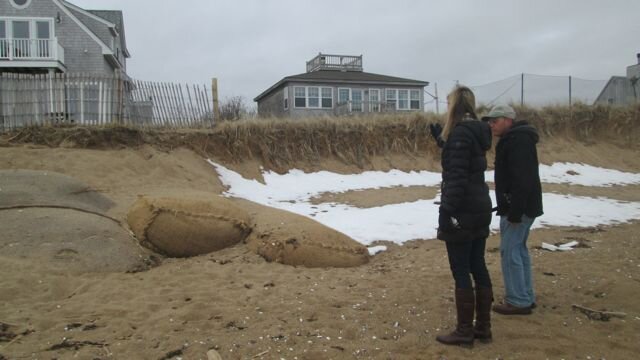
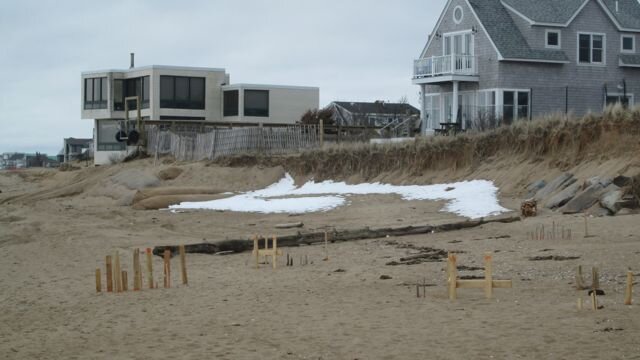
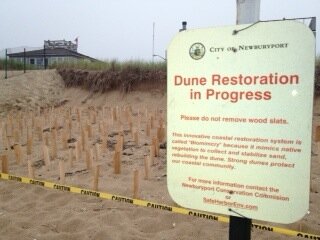
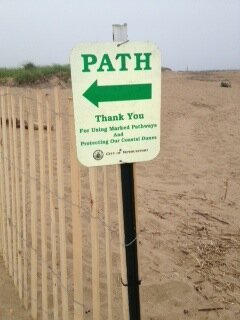
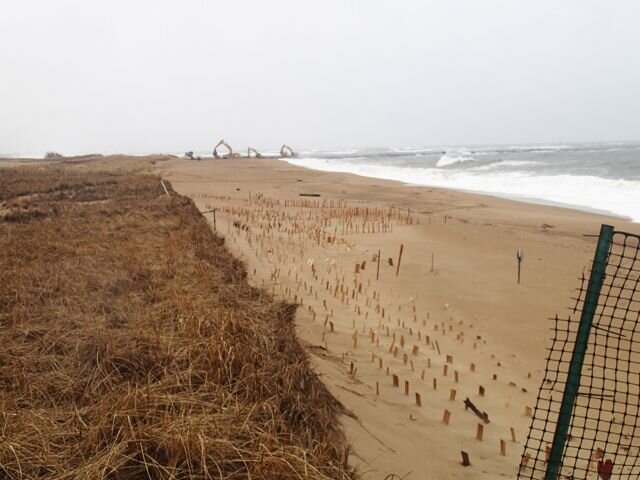
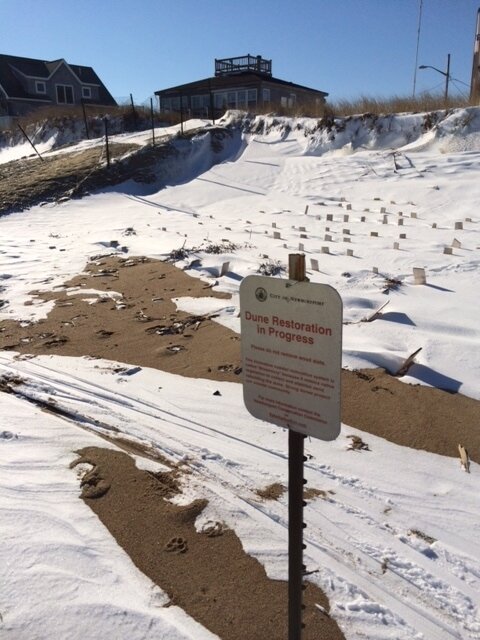
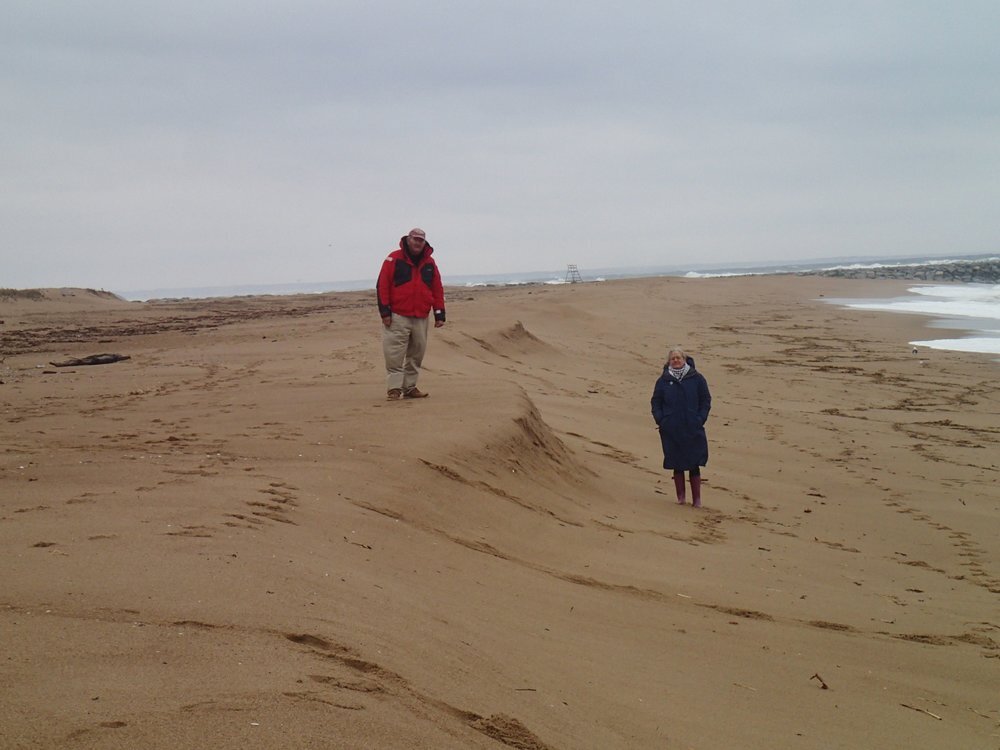
Emergency Municipal Consulting:
Emergency Consulting for coastal communities requires working collaboratively, in compressed time windows within existing permitting matrices, to develop critical assessments of alternatives and facilitate immediate response protocols. Certain environmental conditions trigger thresholds constituting "Emergency Status". Each town's Conservation Commission may have it's own protocol for determining and responding to requests for this status. Emergency permitting does not bypass the review process but it does change the sequence of the review protocol.
Many towns are unfamiliar with Emergency Permits, and have no established protocol. Property owners and regulators may not share the same perception of emergency status. For instance, the catastrophic loss of land to coastal erosion may not, in itself, constitute an emergency. However, if a structure or part of a structure is imperiled, or if it can be demonstrated that a structure is in imminent peril due to that catastrophic erosion, the situation may qualify for status.
See examples below for an illustration of residential projects with “Emergency Status”
Sample Projects
Sample: Truro Storm damage
In February of 2013, a mega nor'easter spread out for nearly a thousand miles with hurricane force winds before smashing into the coast of Cape Cod. The accompanying surge, linked with duration of wind driven waves, weakened and over washed a hundred foot wide section of barrier coastal dune in Truro, sending flood waters over a mile inland. Two additional mega nor'easters came in quick succession. The 100 foot wide breach widened to 200 feet. Chronic flooding began impacting 84 homes. Terrestrial and fresh water ecosystems, wells, septic systems, building foundations and livestock were now imminently threatened.
Safe Harbor Environmental provided emergency consulting services to the Truro's Emergency Management Team, and facilitated emergency permitting between the Truro Conservation Agent and MA Department of Environmental Protection (DEP). Once a land survey was complete to determine town and federal boundaries, the Department of Public Works began stockpiling sand that had blown into various beach parking lots from the storms. Plans were underway to fill in the opening.
However, a new issue emerged. It was brought to the attention of Safe Harbor that the breach may have created nesting habitat for endangered shorebirds, therefore the town may not be able to fill it in with new sand. Filling in the area would now violate the Massachusetts Endangered Species Act. In the end, Safe Harbor was able to engineer a replacement dune of unusual configuration, designed to protect both homes and nesting shorebirds.
